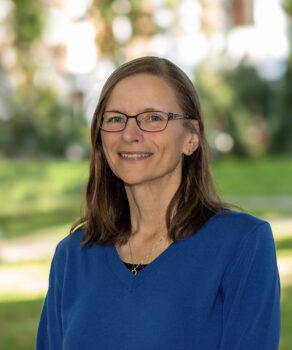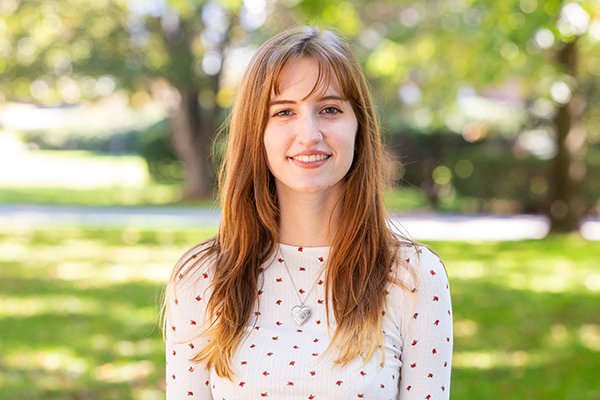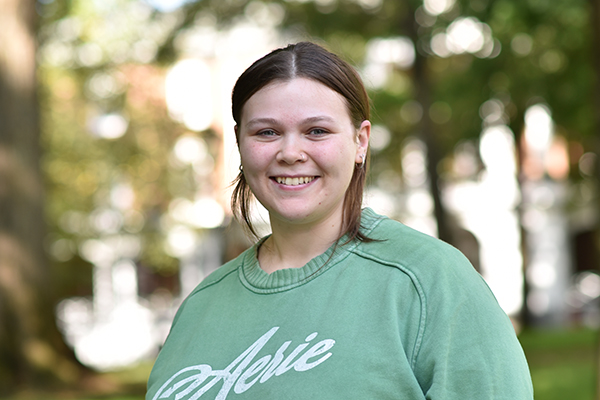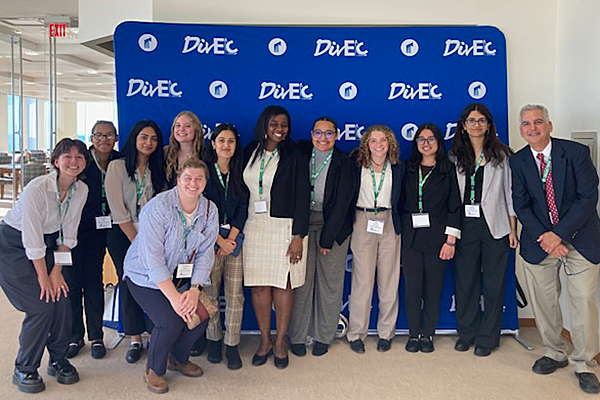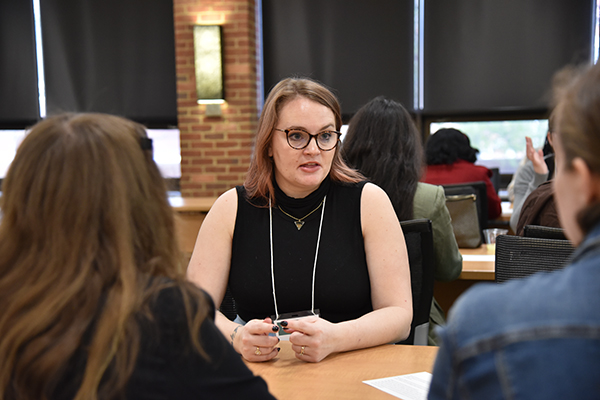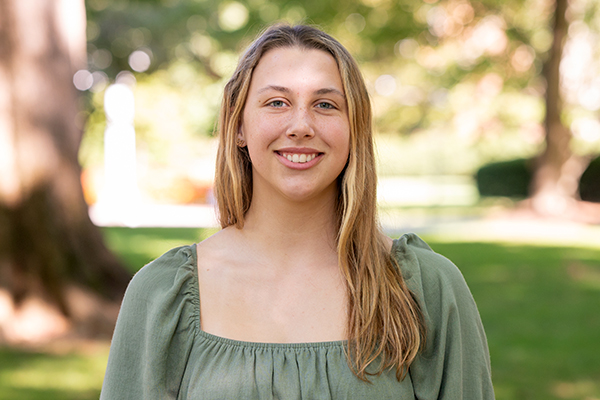“These are the days of miracle and wonder,” Paul Simon’s 1986 song, “The Boy in the Bubble,” proclaims, and more than 30 years later, those words continue to resonate. Constant breakthroughs in medical research and treatment, for example, offer many the confidence that healthcare professionals can recognize and effectively address the vast majority of maladies and disorders.
Yet, despite the rapid pace of medical progress, there remain a remarkable number of people who suffer from illnesses that cannot be identified or remedied. As a result, the National Institutes of Health (NIH) in Bethesda, Maryland, created the Undiagnosed Diseases Program (UDP) in 2008. Today, the UDP welcomes more than 100 new pediatric and adult patients each year from across the nation and around the world whose afflictions are a mystery to the medical community.
“Ultimately, the UDP offers patients the hope of a diagnosis and the possibility of therapeutic strategies,” the program’s website states. “In return, patients provide UDP researchers the opportunity to gain new insights about genetic and biochemical mechanisms of disease and insights into normal cell biology, biochemistry and physiology.”
This summer, Hollins biology major Sunny Greene ’19 was part of a UDP research team. She competed with over 10,000 national and international applicants to earn one of only 1,300 12-week student positions within the NIH Intramural Research Program, the world’s largest biomedical research institution.
“I worked on a rare genetic disorder called Chediak-Higashi Disease (CHD), of which there are roughly only 300 cases known worldwide,” Greene explains. “The classical CHD case affects children and is characterized by partial albinism, easy bruising, and prolonged bleeding and clotting issues, which can be dangerous. Children with CHD also have immune deficiencies that make them prone to recurrent infections, and while a bone marrow transplant can help boost the immune system, the procedure is effective only temporarily. The disease can accelerate and be fatal.
“The atypical CHD case occurs in early adulthood. Adults with CHD don’t face the rate of infection that children do, but they are more likely to experience neurological symptoms similar to Parkinson’s. We don’t know why that is.”
To learn more, the scientists with whom Greene studied CHD are focusing on the LYST gene. “We don’t know what this gene does, that’s what we’re trying to figure out, but we know when this gene mutates it causes CHD. To truly solve this disease and do more than treat its symptoms, you have to understand the pathogenesis of the disease, and to that end we’re comparing the mutations of the LYST gene for classical and atypical patients.”
Greene calls the UDP lab atmosphere “open, welcoming, and wonderful. You have a supervisor and of course they are going to tell you what to do, but communication is a two-way street. You’re encouraged to brainstorm and collaborate and help one another. It’s an incredible community for learning.”

Because of her time at NIH, Greene says she is convinced she can pursue both her passions in the medical field. “I enjoy the clinical side and I love the research side and I kind of want to marry the two together,” she explains. “Both are important to me because I want to see who I’m helping.”
After graduating from Hollins, Greene is looking at enrolling in a combined M.D./Ph.D. program where she is able to work on her doctorate while attending medical school. Such programs are very selective – Greene cites one in particular that admits just 13 students from over 800 applicants – but she says NIH has given her valuable credentials and crucial preparation.
“What M.D./Ph.D. programs look for is research experience and how you handle the failure that comes with that experience. I’ve never been at a place like NIH that is so successful and yet talks so much about failure, the certainty of it as a researcher, and how you react to it. Are you going to get frustrated and throw in the towel, or are you going to be resilient, persistent, and keep going? The schools I’m considering all want to see how you fail because that is guaranteed, and NIH sees failure as a launching pad to success.”
Greene plans to take two years after she graduates to conduct research “and have this opportunity to fail and succeed.” In the meantime, she plans to build upon the foundation of research she’s established as a Hollins undergraduate. “The biology department faculty is amazing and they have been so supportive of me in growing my curiosity, not just in the biomedical field but also in ecology, zoology, and marine biology. For example, I have gone with [Professors Renee Godard and Morgan Wilson] to St. John in the Virgin Islands during J-term to research marine biodiversity. I’ve definitely become invested in it.”
Greene will spend Spring Term 2018 studying abroad in Ireland at the University of Limerick.
“The Dana Science Building, and all of Hollins, is its own community that is supportive and provides a framework for the future.”
Stay up-to-date on university news. Sign up for the bi-monthly Hollins News email.




